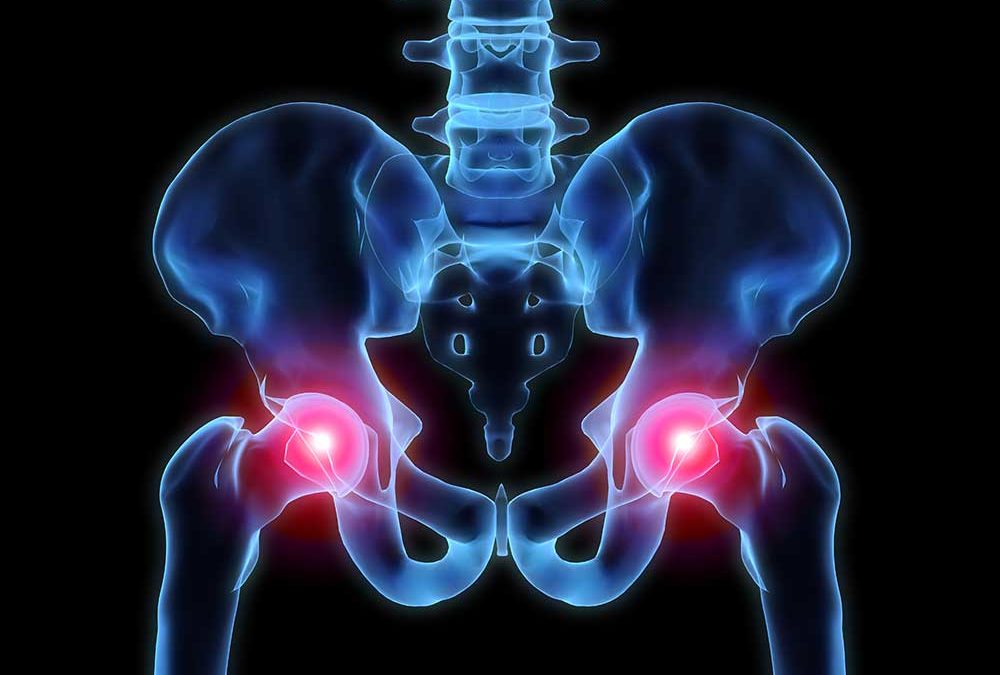There are three main triggers of hip pain: osteoarthritis, tendinitis, and bursitis. But no matter what you call it, you just want it to go away. Different treatments work for different causes, so check out this handy guide that shows you when you can treat pain at home and when you should get to the doctor.
Osteoarthritis
This is when the cartilage (the tissue that protects the joints) breaks down, causing bones to rub painfully against each other. Pain is usually felt in the groin area as well as the buttocks. In order to be properly diagnosed, your doctor must test the range of motion of your hips, as a more limited range is a sign of arthritis. You’ll also get an x-ray that may reveal bone cysts and other issues.
Take it easy with the activities and exercises but don’t stop being active. Low-impact activities like swimming, walking, and biking are great choices. You can also take non-steroidal anti-inflammatory drugs (NSAIDs). Call your doctor if the pain gets worse.
Tendinitis
Tendinitis is when you get inflammation of the tissue connecting muscles and bones, usually caused by over-use. Hip tendinitis manifests itself in a dull ache in the groin area. Hamstring tendinitis results in buttock pain. Your doctor may ask you to lie down, bringing your knees to your chest, pushing the knees against his hands. Got pain? That’s tendinitis. Your best bet is to rest the muscle, take NSAIDs and apply cool compresses for 20 minutes at a time.
If the pain worsens or you feel like you can’t bear weight on your leg, see a doctor.
Bursitis
This is an inflammation of the bursae, which consist of pouches of lubricating fluid that protect the tendons. You’ll feel a burning in the side of your hip. When that spot is pressed, you will feel pain. Your doctor will give you a full exam and recommend you take NSAIDs and apply ice throughout the day. If the pain gets worse after two weeks, see your doctor.
Atlanta Medical Clinic can help. We offer complete pain management services. Contact us today for an appointment.

